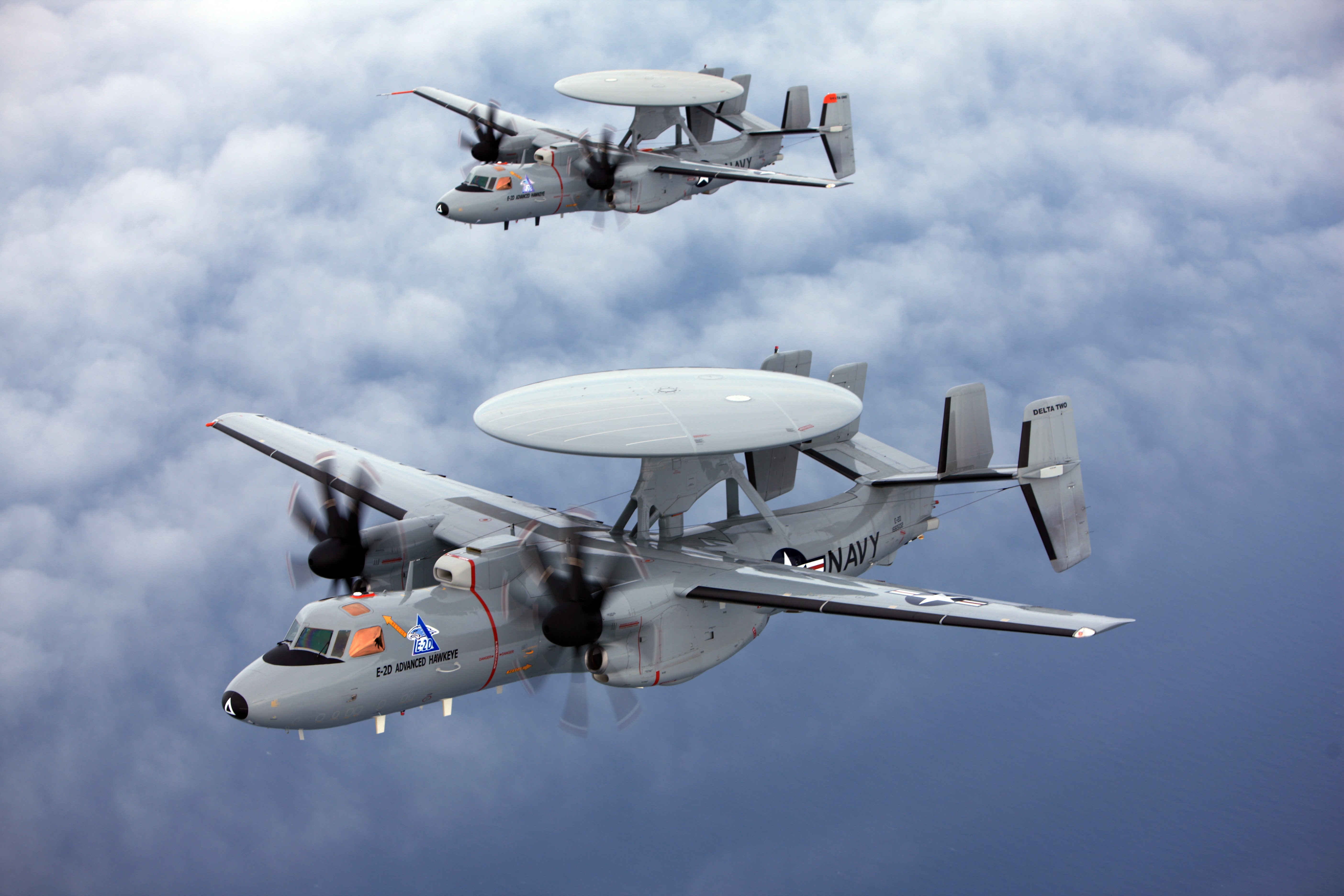
The U.S. Navy’s $10.023 billion unfunded priorities list for fiscal year 2015 — submitted to Congress on April 1 — seems to further the service’s aims to defeat an adversary in a high-end air war.
The largest item on the list is 22 additional Boeing EA-18G Growlers on top of the 138 aircraft strong program of record. The extra jets would be used to bolster the service’s airborne electronic attack (AEA) squadrons—increasing the complement of aircraft from five to seven.
“Ongoing analysis by DOD [Department of Defense] and the DON [Department of the Navy] indicate a larger squadron size is needed to maximize the AEA capabilities and reduce risk in a Joint major contingency operation,” reads the document.
The Navy wants $2.1 billion dollars for the extra EA-18Gs.
The list also asks Congress for $12 million to start development of the second increment of the Next Generation Jammer (NGJ) pod for the Growler. According to Capt. John Bailey, Naval Air Systems Command’s AEA systems program manager, NGJ Increment 2 will be designed to counter low frequency radars.
New Russian and Chinese long-wave radars that operate in the VHF and UHF bands can potentially detect, and possibly to an extent, even track tactical fighter-sized stealth aircraft that are optimized for low-observablity in the higher frequency C, X and Ku bands.
The Navy’s list also asks for funding for an additional Northrop Grumman E-2D Hawkeye for $146 million and a further $11 million to continue testing the aircraft under the Naval Integrated Fire Control-Counter Air (NIFC-CA) construct. NIFC-CA would tie all of the Navy’s air and sea assets into a coherent whole during a high-end conflict using a series of data-links. The Hawkeye is the centerpiece of the entire construct.
The Navy is also asking for $62 million more to buy 83 Raytheon AIM-120D AMRAAM missiles and $34 million continued development of the Raytheon AIM-9X Block III. The Block III missile would extent the AIM-9X’s range by 60 percent and allow U.S. pilots to hit air targets in a dense electronic warfare environment.
The Navy also included more than $3 billion in funding for shore readiness and $260 million in training funds and other miscellaneous costs, such as $4 million for NCIS polygraph support and $34 million for advertising.
The service decided to exclude a $796 million line item for the refueling and complex overhaul (RCOH) for USS George Washington (CVN-73) which was part of a draft version of the plan.




